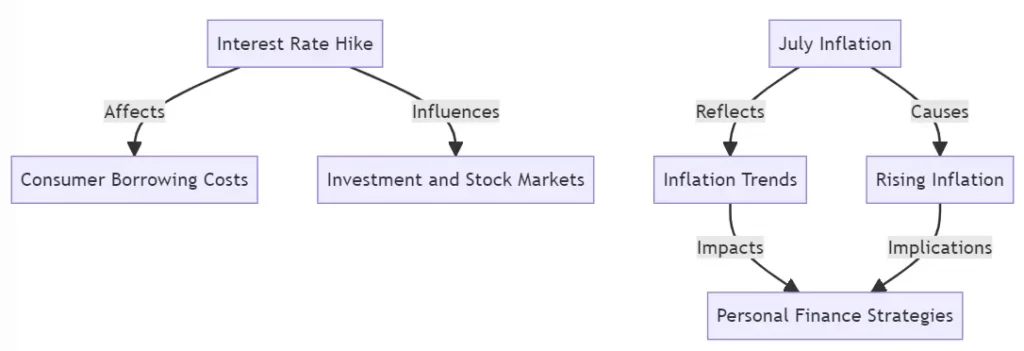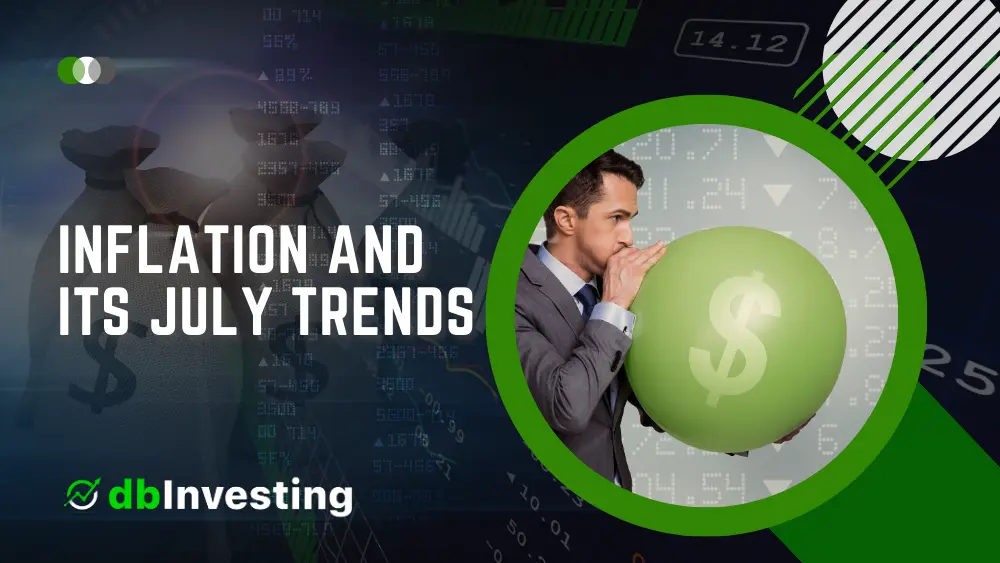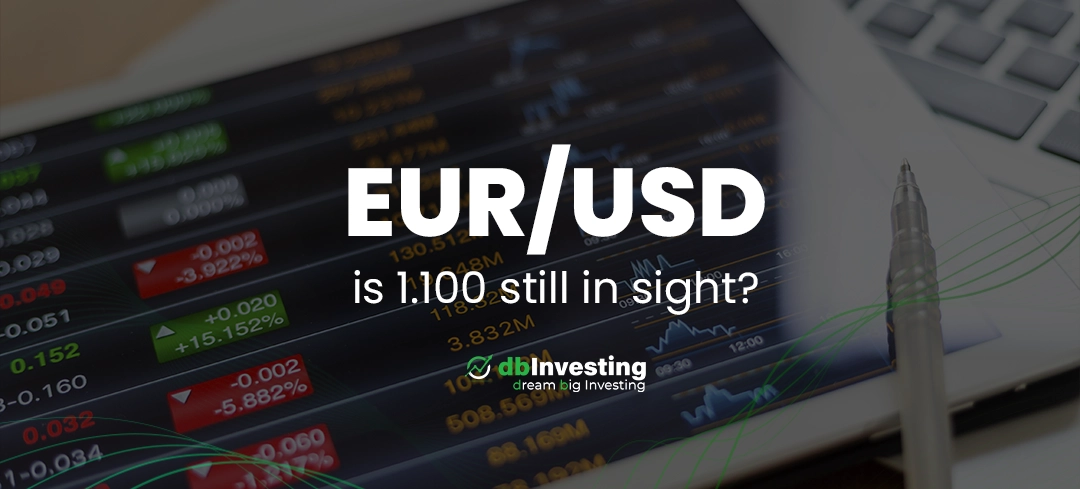In this comprehensive analysis, we delve into the eagerly anticipated Federal Reserve interest rate hike, coupled with the implications of July’s inflation figures. As a leading financial authority, we aim to provide our readers with a profound understanding of these critical economic events and their potential repercussions on various sectors.
Understanding the Federal Reserve’s Interest Rate Hike
The Federal Reserve’s decision to raise interest rates has been a topic of intense speculation, and the financial world keenly awaits the announcement. A rate hike, which indicates an increase in borrowing costs, is often implemented to combat inflation and stabilize the economy. This move can influence borrowing behavior, consumer spending, and investment decisions.
The Impact on Borrowing Costs
With an interest rate hike, consumers can expect an increase in the cost of borrowing, affecting various credit products like mortgages, personal loans, and credit cards. As interest rates rise, borrowers may face higher monthly payments, potentially dampening consumer spending and leading to reduced demand in certain industries.
Effects on Investment and Stock Markets
The stock market is highly responsive to changes in interest rates. An impending rate hike can lead to increased market volatility as investors reassess their portfolios. Companies relying heavily on debt financing might experience decreased profitability due to elevated borrowing costs, leading to potential declines in stock prices.
Inflation and Its July Trends
July’s inflation figures carry significant weight, as surging inflation has been a major concern for policymakers. Inflation refers to the general increase in prices of goods and services over time, eroding purchasing power and impacting the overall economy.
The Causes of Rising Inflation
Several factors contribute to inflation, including increased demand, supply chain disruptions, rising commodity prices, and labor shortages. A surge in consumer spending post-pandemic has driven demand, while global supply chain challenges have constrained the availability of certain goods, pushing their prices higher.
Analyzing the July Inflation Data
The July inflation report indicates the extent of price surges across various sectors. We observe notable increases in sectors like housing, energy, and food, putting financial strain on households and businesses alike. Understanding these trends is crucial for making informed financial decisions.
Implications on Personal Finance
The combined impact of an interest rate hike and soaring inflation can significantly affect personal finance strategies. Individuals with adjustable-rate loans may consider refinancing to secure a fixed-rate loan before rates rise further. Investors may diversify their portfolios to mitigate risk, considering assets less susceptible to interest rate fluctuations.
Preparing for Uncertainty
As the financial landscape evolves, it is essential for individuals and businesses to prepare for potential challenges ahead. Maintaining financial flexibility and staying informed about economic indicators and policy decisions can help navigate these uncertain times.
Diagram: Mermaid Syntax for Economic Relationships

Conclusion
In conclusion, the expected Federal Reserve interest rate hike and July inflation trends hold immense significance for the economy and individual financial well-being.
As responsible investors and consumers, understanding these dynamics is vital to making prudent decisions. By staying informed and adaptable, we can navigate these economic shifts and secure our financial future.



